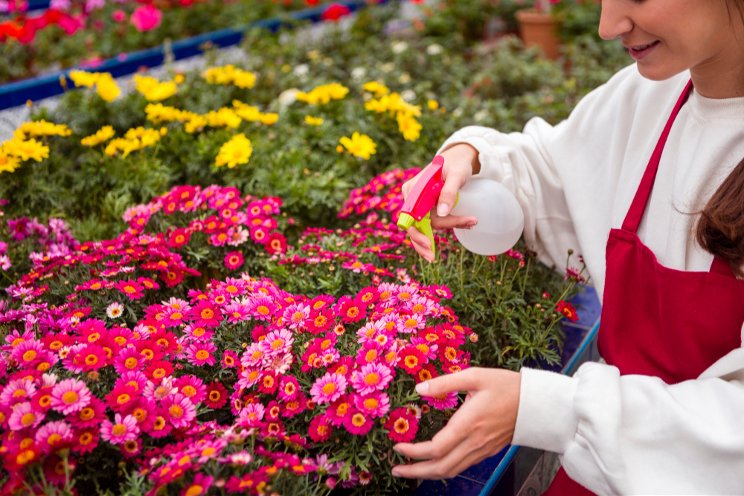Fertilization programs for perennials
Added on 08 November 2023

Our approaches to producing containerized perennials has changed dramatically over the past 20 years. The ability to schedule, program, and grow crops with the predictability of potted flowering plants and containerized annuals is a testament to the research and development that have gone into these crops. In addition to refining containerized perennial crop culture, perennials also have a long marketing window. From the early spring season through fall, and into the winter in some parts of the U.S., perennials can be sold for use in outdoor landscapes. This wide window also allows for producers to use a variety of environments (greenhouses, outdoor spaces or a combination of the two) to grow perennials.
One of the first things to think about is simply the growth rate of perennials. Although perennials have been “annualized” to a degree, with respect to their predictable production, in general, they still do not have as fast a relative growth rate as annuals. Using WSF allows you to change the fertilizer concentration on an as-needed basis, increasing as perennials are established after planting, or after they come out of dormancy for forcing and begin actively growing. But CRF can also be useful, especially if care is taken to select CRFs with a release pattern that meets plant requirements.
Image by Freepik
More news















